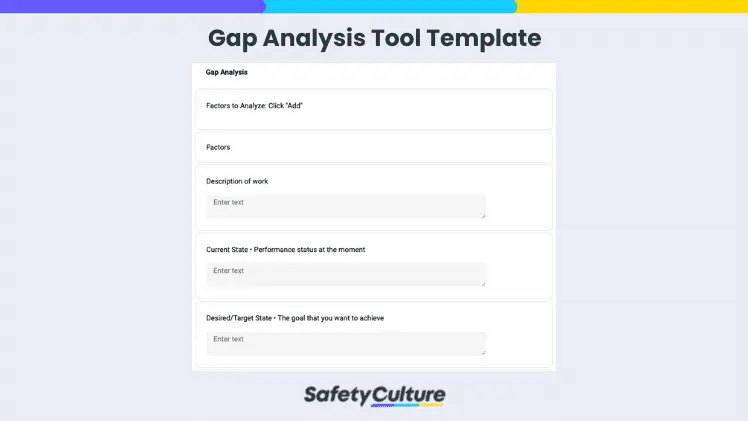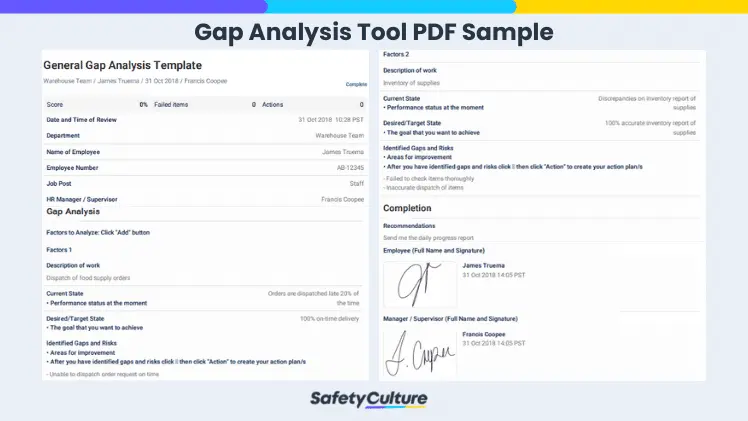What is Project Management System?
Project Management System can be defined in two ways. When being defined as how project managers do things, project management system is the application of defined processes or methods in managing a multitude of responsibilities and accomplishing stages of tasks that are all geared towards completing a project.
When being defined as something used when handling projects, project management system is a tool or a collection of tools designed to empower project managers in fulfilling their responsibilities at each phase of the project.
In this article, we will discuss the 5 phases of project management, cover some of the tasks involved for each phase, and highlight project management system tools that can be used for each project phase.
What are Project Management Phases, Tasks, and Tools?
According to the Project Management Institute (PMI), project management falls into 5 groups or phases: Initiating, Planning, Executing, Monitoring and Controlling, and Closing. Each phase includes tasks that involve the use of tools in order to be properly executed by a project manager.
The 5 Project Management Phases
Also known as project management life cycle, the project management phases are a series of responsibilities that ultimately lead to the completion of a project.
Phase 1: Project Initiation
At this first phase of project management, a project is given a name and provided a broad definition. Studies may be done at this stage and stakeholders conduct their due diligence to check if the project is feasible before it can proceed to the project planning stage. During this phase, project managers create a Project Initiation Document (PID) to keep their teams aligned with the vision, goals, and strategies of the project to be launched.
Project Initiation Tool: Technical Due Diligence Checklist for IT/Software
The type of study to be conducted during project initiation depends on the nature of the project. In the case of an IT-related project, a due diligence checklist for IT/Software may be used during project initiation. IT and project managers can use this checklist to review potential software acquisitions and check other factors such as legal, security, open source, and code quality compliance.
Project Initiation Tool: General Technical Due Diligence Checklist
As for projects regarding the acquisition of product or property, this general technical due diligence checklist can be used to conduct some assessment of the product or property intended for acquisition.
Phase 2: Project Planning
Once the project is determined to be feasible, it’s time to plan on how it’s going to be executed. At the project planning stage, the project manager, with the help of other stakeholders, begins the creation of a project management plan. Resources needed for the project are determined, as well as goals, scope, milestones, quality, risks, project timeline, and communication channels between stakeholders.
Project Planning Tool: Project Charter Template
Used just before project execution, this project plan charter template can help project managers document important details such as project goals and objectives, scope and limitations, milestones, assumptions, project organizational structure, and project authorization.
Project Planning Tool: Risk Management Framework Template
For projects that may involve health and safety risks, project managers can use this risk management framework template to identify possible risks, determine cause and effect, and come up with control measures and mitigation.
Phase 3: Project Execution
After the project planning is completed, the project manager and the people involved in the execution of the project adhere to the finalized plan. Tasks are done according to the project plan, meetings are conducted to discuss project status reports, project milestones are checked, and progress is monitored to check if the pace is according to the projected timeline.
Phase 4: Project Monitoring and Control
Conducted along with execution is project monitoring and control. This crucial phase of project management is concerned with making sure that the project’s quality, progress, and use of resources are within expectations and aligned with the project plan. During project monitoring and control, key performance indicators are measured, recorded, and discussed during project meetings to understand if there are any variables that cause the project’s quality or pace to deviate from the plan. Control measures are then implemented to ensure that the project stays on track.
Project Monitoring and Control Tool: Gap Analysis Template
Use this gap analysis template to identify gaps between expected work performance and the current quality of work on the project. Identify target goals and areas for improvement in order to come up with action plans with levels of priority and target dates.
Gap Analysis Template Example
Here is the example of an effective gap analysis tool to help uncover areas of improvement:
Gap Analysis PDF Report Sample
This gap analysis PDF report includes information such as score, failed items, and corrective actions. Other information that can be retrieved from users is the date, department, name of employee, employee number, job post, and the manager assigned. The gap analysis audit section of this template contains factors that will help determine the gap between the current and desired state. Add more factors as necessary.
Project Monitoring and Control Tool: Quality Control Template
Quality control is crucial in making sure that a product or output consistently meets the expected level of quality according to the project plan. Use this quality control check sheet to capture any issue in quality and indicate if it is caused by the process, equipment, materials, operators, or environment and come up with corrective measures.
Project Monitoring and Control Tool: Project Status Report Template
Also called project progress report, this project status report template can be used by project managers to submit reports on the most current status of the project regarding the time, quality, and cost. Include details of any issues of blockers and indicate the % of project completion.
Phase 5: Project Closure
The last stage of project management, the project closure phase entails a few more responsibilities to be accomplished before a project is formally closed. When a project is to be concluded, final tasks include product delivery, project handover, final compensation and termination of contracts with vendors, submission of reports, and rewards and recognition of project team members.
Project Closure Tool: Project Closure Checklist
Sometimes called a project closeout checklist, project managers use project closure checklists to prevent missing any processes in preparation for project closure. This checklist is designed to help project managers accomplish the following: provide the project overview, determine the status of each project process, record any unaddressed issues, and assess the overall performance of the project.
Create Your Own Project Management Checklist
Eliminate manual tasks and streamline your operations.
Get started for FREEGet Started With the SafetyCulture Project Management System
From project initiation to project closure, a multitude of responsibilities need to be accomplished by the project manager. Added to the overarching responsibilities are the smaller but equally important tasks such as making sure that data is captured during project monitoring and that information secured for status reporting and recordkeeping.
With all these juggling of responsibilities on monitoring various projects in an organization’s portfolio, keeping track of milestones, and staying on schedule while making sure that the project’s safety and quality is not compromised, a powerful project management system such as SafetyCulture (iAuditor) can help project managers cover multiple responsibilities and be able to channel time and resources to other, more pressing, project tasks all in one platform.





